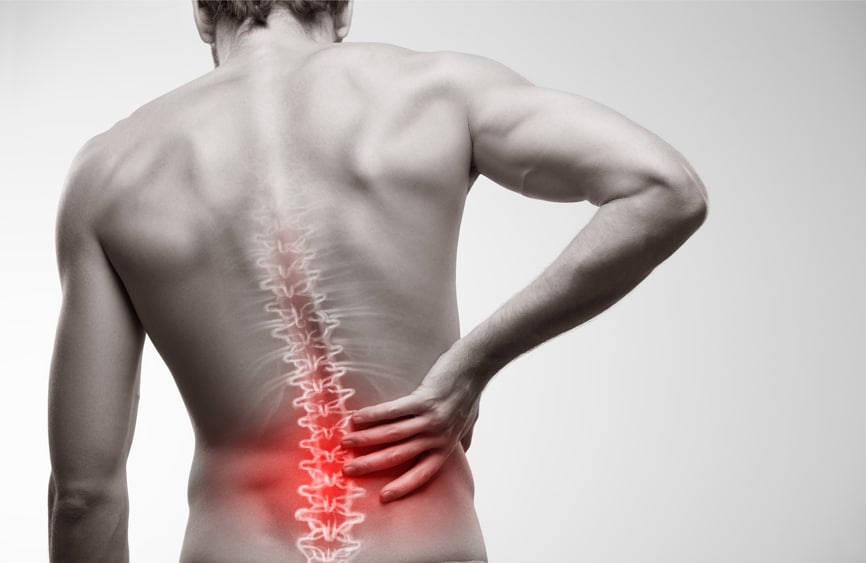
Calling All Athletes! Here Are The Best Sports For Scoliosis
Allowing your children to play sports when diagnosed with scoliosis may seem counterintuitive. Many parents worry that sports are too rough and the continuous movement will exacerbate symptoms and worsen curve progression. Exercise is actually extremely beneficial to young athletes with scoliosis and plays a large role in a successful treatment plan. It not only strengthens the core muscles that support the spine, but it also helps to keep the body nimble and prevent stiffness. Additionally it helps to support overall health and boosts self-esteem. Some exercises may even stop scoliosis progression and help reduce curvature by retraining the brain to correct the spine’s posture. Check out the best sports to play if you have scoliosis!
Best Sports To Play if Your Child has Scoliosis
- Swimming
Swimming is highly recommended to those with scoliosis because it helps to strengthen the spine in a weightless environment. You don’t experience the normal jarring as with other sports, and there is less pressure on the spine. The water provides resistance which helps to build muscle, improve endurance and flexibility, and uses more of the body’s muscles. Those muscles are also used in a more balanced, symmetrical fashion. Additionally, the cool water improves circulation to the body’s tissues and can act as a stress reliever to release tension. Avoid competitive swimming if you have thoracic scoliosis, however, as swimming laps for hours everyday could cause the thoracic spine to flatten and initiate curve progression. Reduced lung capacity common with severe scoliosis may also present difficulties. - Cycling
Cycling is a low-impact exercise that provides a great cardiovascular workout without aggravating scoliosis curvature. Be aware of posture when cycling — keep the back straight and the head in line with your shoulders. Avoid off-road cycling because the jolting should compress the spine, stress the discs, and increase pain. - Soccer
Soccer strengthens core muscles that help to preserve the natural curvature of the thoracic spine and counteracts the flattening that occurs with thoracic scoliosis. - Cross-country Skiing
Cross-country skiing is beneficial to patients with scoliosis because the gliding motion associated with the sport minimizes shock to the spine’s vertebrae. It also exercises both sides of the body, helping to develop a strong and balanced spine. - Strength Training
This may seem counter-productive as weight lifting seems dangerous for the body, but doing so with proper form and patience is extremely beneficial. Building strength is critical for those with scoliosis because stronger muscles are better able to support the spine. The key to strength training, however, is to increase weight very slowly to avoid adding stress to the spine. Fewer repetitions is also best. The best exercises for scoliosis patients are back extensions, upright rows and bent-over raises that will strengthen the spine while improving posture. - Stretching
Stretching relieves tension and helps restore range of motion which is crucial for scoliosis. In some cases it may even help counteract the spine’s curvature. As with strength training, be careful with stretching as not every one is beneficial for those with scoliosis. When practicing yoga, for example, use modified poses in place of those that hyperextend or severely rotate the spine.
While certain exercises should be limited or avoided, depending on the type of curve, scoliosis and sports participation can—and should—go together. Allowing kids with scoliosis to continue playing the sports they love, if in a limited capacity, can play a key role in successful treatment.
Topics covered
About the Author
Featured Resources
Insights to Achieve a Pain-Free Life



